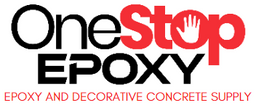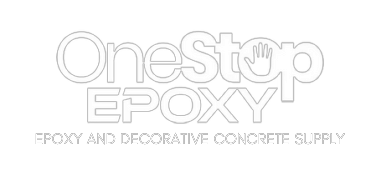When it comes to epoxy flooring, a common question that arises is, "Can I apply epoxy to a damp or wet surface?" This is a vital consideration for those looking to install epoxy flooring, and understanding the answer is crucial for a successful application.
Applying epoxy to a damp or wet surface is generally not recommended, as it can lead to numerous problems with the installation, adhesion, and durability of the epoxy. The exception “could be” Water Based Epoxy or a Moisture Vapor Barriers. But, it’s best to apply your resinous material to a dry floor with no standing water.
Detailed Explanation
Adhesion Issues Epoxy requires a dry, clean surface for proper bonding. Moisture on the surface can prevent this bonding, causing peeling, bubbling, or incomplete curing.
Moisture Trapping Wet surfaces can trap moisture underneath the epoxy layer, leading to blisters, discoloration, or potential structural issues.
Chemical Interference Water can interfere with the chemical reaction necessary for epoxy to cure, resulting in a weakened product that may not resist wear and tear as effectively. Even if you are first applying a water base epoxy as a base, you are effectively diluting the epoxy with water which will in turn weaken the product.
What to Do if Your Surface Is Wet
Dry the Surface Thoroughly Use a squeegee if necessary to remove any excess water. Use your commercial vacuum with rubber squeegees on the vacuum head instead of brushes to really pull up the water. If you don’t have one use a shop vac to remove the majority of water from the surface. If it’s extensive start with a floor scrubber. Use high CFM volume fans, and if you are in a colder climate you may need to heat the area to properly dry it out. Do whatever steps you need to take to dry the floor thoroughly and ensure the surface is completely dry. Now you are ready to proceed with grinding.
Monitor Humidity Aim to install epoxy on a day with relative humidity below 85%, as high humidity can also affect the curing process.
Perform a Moisture Test Once you’ve ground the floor check for moisture. The quick and dirty way to perform a moisture test is by using a Tremex Moisture Meter. Ultimately, you’ll want the moisture reading to be 3.0 or less to proceed with 100% solids epoxy, Polyaspartic, or Polyurea. If you’re a DIYer and you don’t have a moisture meter (because every professional epoxy installer has a moisture meter) you can conduct a moisture test by completely taping down a 12” X 12” piece of plastic sheeting and checking for condensation after 24 hours. If condensation is present, it indicates that the surface is too damp for epoxy application.
Proper preparation is essential for a successful epoxy installation. Always follow the manufacturer's instructions and seek professional guidance if you're unsure about the moisture content of your surface. Ensuring your surface is dry and prepared correctly will lead to a beautiful, durable epoxy floor that meets your needs and expectations.


